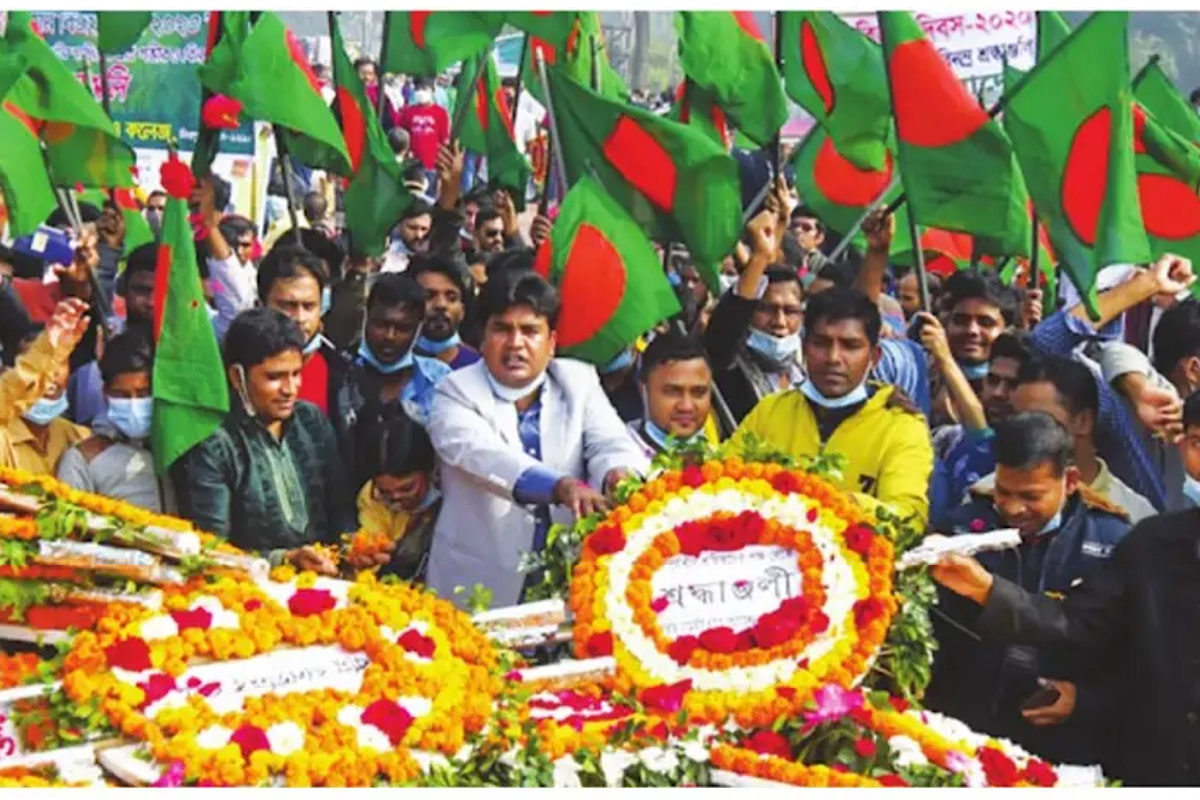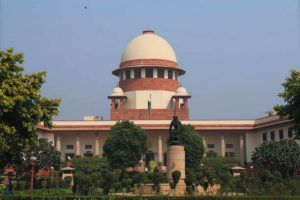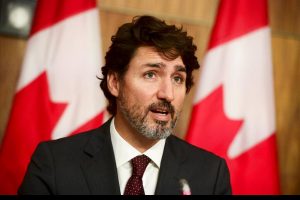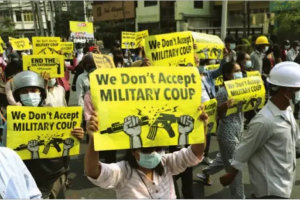Bangladesh (erstwhile east Pakistan) recently celebrated 52 years of its cessation from Pakistan. In the Census (1961) before the Liberation War broke out, the population of East Pakistan was 54 per cent (50 million) out of the population of the country (93 million). Recently, UN data estimated the population of Bangladesh at 173 millions on 1 July 2023 whereas the estimated population of Pakistan today is 243 million, making it the fifth most populated country of the world.
Though the share of population of East Pakistan was 8 per cent more compared to the West prior to the liberation war in 1971, today the share of West Pakistan is 17 per cent more if the population of the two nations is added. This demographic reversal provides the clue to understand the socio-economic changes in the two countries over the last 50 years. In the first ever general election (1970) in undivided Pakistan, voting took place in 300 general constituencies of which 162 were in East Pakistan and 138 in West Pakistan, while 13 seats were reserved for women.
Awami League, led by Sheikh Mujibur Rahman won 160 of the 162 general seats of East Pakistan and secured an absolute majority in the National Assembly. The Pakistan People’s Party led by Zulfikar Ali Bhutto was second, winning 81 general seats, all from the West. The higher number of seats in East Pakistan was indicative of a substantially larger share of population. When President Yahya Khan did not want to hand over power to the party of the East in spite of it securing an absolute majority, the liberation war broke out, ultimately leading to formation of a new country, Bangladesh.
Discontent amongst the people of the East originated immediately after the partition of the sub-continent when people of East Bengal (subsequently named East Pakistan), demanded that Bengali, the language of the majority in undivided Pakistan, should be one of the national languages. But this was turned down by all the leaders from the West beginning with MA Jinnah.
Thus, demographic composition, persistent attempts to Islamize the culture of East Bengal, economic exploitation of the East, and arrogance of the leaders of the West to acknowledge the aspirations of the people of the East led to disintegration of erstwhile Pakistan. But how have the two nations performed in the last five decades after the great cessation? What would have happened if the two parts of Pakistan had remained together? Total fertility rate in Bangladesh reduced from 6.3 in 1975 to 2.1 today.
Current fertility rate of Pakistan is still high, 3.24 births per woman. One reason for the high fertility rate in Pakistan is her rate of child mortality, nearly double the worldwide average. The estimated infant mortality rate in Pakistan is 55.8 deaths per thousand live births, whereas that of Bangladesh is 21.6.
The literacy rate of Bangladesh as per the last Census is 73.69 per cent as against 62.8 per cent in Pakistan. Whereas in Bangladesh almost all children are enrolled in the formal education system, in Pakistan 44 per cent of children in the age group of five to sixteen years are out of school. Pakistan spends nearly 12.4 per cent of its total budgetary expense on military, which comes to nearly 1.7 per cent of its GDP. In contrast Bangladesh spends 5.35 per cent of its annual budget on defense, which comes to roughly 1.1 per cent of GDP.
Bangladesh, therefore, can afford to spend relatively higher amounts on social sectors, and its results are manifested in terms of various indicators of socio-economic development. In spite of having a much bigger population today, Pakistan’s GDP, according to the estimates of IMF is $3,40,636 million (46th rank) as against Bangladesh’s $4,36,349 million (33rd rank). Per head GDP per annum in Bangladesh is $2,621 (rank 140), almost 78 per cent higher as compared to Pakistan ($1,471, rank 165).
Bangladesh’s economy today is 28 per cent bigger than Pakistan’s, yet external debt of Pakistan is much higher ($128.1 billion), compared to Bangladesh ($98.9 billion). The Bangladeshi Taka today is a much stronger currency than the Pakistani rupee. Dhaka, the capital of Bangladesh today is a far more prosperous city as compared to Karachi, the major business centre and financial hub of Pakistan.
The international airport of Dhaka handled nearly 15 lakh passengers per month last summer, which is almost double the number of the passengers passing through the biggest airport of Pakistan at Karachi. The notable success of Bangladesh came from exportled growth. The booming readymade garment industry was the engine of change that made Bangladesh the second largest textile exporter of the world, next only to China.
The sector generated 11 per cent of the nation’s GDP and engaged a 4.4 million labour force, more than half of whom are women. The export-led growth of the textile industry led to accumulation of an impressive reserve of foreign exchange in Bangladesh. In contrast Pakistan continues to struggle to finance its exports. It’s no wonder that the poverty rate declined in Bangladesh from 80 per cent in 1971 to 12.9 per cent in 2021. In contrast 39.3 per cent of the population continues to be below the poverty line in Pakistan. The main deficiency of Bangladesh as she has evolved in the last five decades is her inability to take the roots of inclusive democracy deep into the system.
The main opposition political party boycotted the election for the National Assembly for two subsequent terms. Five decades back Bangladesh fought against the attempt of Pakistan to Islamize her culture and earned her liberation reportedly at the cost of three million lives. The spirit of liberation war (muktijuddho) has died down to a great extent and a substantial segment of the population today is opposed to inclusive democratic values.
Though women have come out in large numbers for employment in the organized sector, family and property laws continue to favour males. That the number of students in Bangladesh attending school in the Madrassa system is the second highest in the world is a matter of concern to many. The new regime in Bangladesh under the leadership of Sheikh Hasina should address the issue of inclusive democracy and social empowerment of women to further the socioeconomic prosperity of the country.
(The writer, a former civil servant, is an independent commentator on socio-economic issues and public policies)











